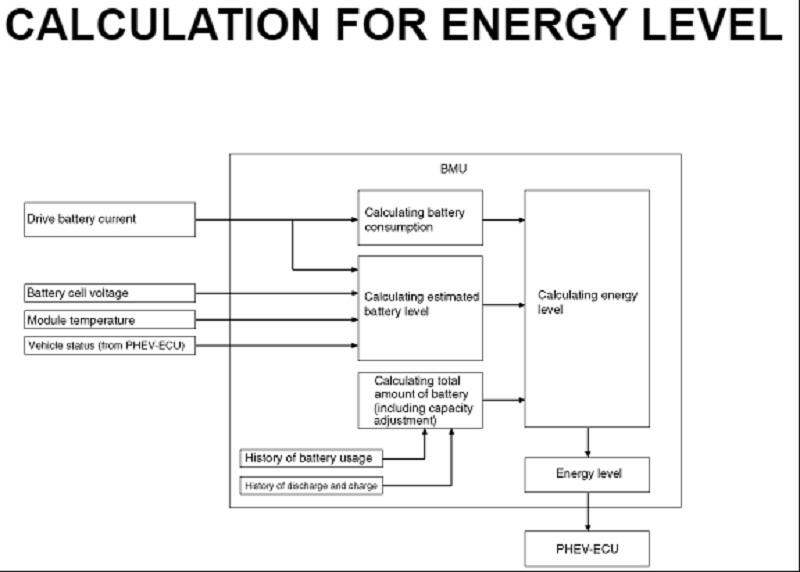Trex
Well-known member
anko said:BTW: Seenthis? http://mmc-autoelectric.org.ua/manuals/eur/outlander/2014/54/html/M154945550009000ENG.HTM
No I had not. Good find.
Is there one for the OBC or others?

anko said:BTW: Seenthis? http://mmc-autoelectric.org.ua/manuals/eur/outlander/2014/54/html/M154945550009000ENG.HTM
This one has even more pretty pictures - and some of them move.Trex said:HappyHeyoka said:Trex said:In the little bit of searching I did religion came up regularly. :lol:
yeah, but change the search... looots of interesting but pretty new research.
for instance:
Aging mechanisms of Li-ion batteries : seen from an experimental and simulation point of view
which has a look at all the chemistries and the state the art; lots of tidbits (go for the summary at the end and work back)
The summary is 6 pages long.
Some good light reading there and even has some "pretty pictures". :lol:
Thanks. Will work my way through it.
AndyH said:This one has even more pretty pictures - and some of them move.Trex said:The summary is 6 pages long.
Some good light reading there and even has some "pretty pictures". :lol:
Thanks. Will work my way through it.
Around 30 minutes in there are videos of physical damage that happens during charging.
https://www.youtube.com/watch?v=5kjixld5W3E
Trex said:Secular and cycle deterioration. Strange. :?
Wonder how they work them out? Will keep looking.
Trex said:anko said:It has been discussed (if I am nor mistaken) how the Current Ah is calculated based on actual usage parameters and done theoretical model. Could these be 2 of the parameters?
Not sure still looking into it.



Trex said:I have a new MUTT-III report showing:
No 398 Battery capacity secular deterioration was 14.55% on my PHEV now showing 16.06%
No 399 Battery capacity cycle deterioration was 10.76% on my PHEV now showing 11.89%
No 397 Charge and Discharge intergrated current was 65012 Ah from OBD now 75332 Ah from MUTT-III
HHL said:..........what's the meaning of life?
What do you think triggers these kind of topics? The loss of just a few percent of capacity,?richr said:Only if it degrades to the point of affecting useful performance will I be concerned.
Trex said:HHL said:..........what's the meaning of life?
C'mon HHL a lot of us know IMHO the answer to the ultimate question of life, the universe and everything is 42.
HHL said:Trex said:I have a new MUTT-III report showing:
No 398 Battery capacity secular deterioration was 14.55% on my PHEV now showing 16.06%
No 399 Battery capacity cycle deterioration was 10.76% on my PHEV now showing 11.89%
No 397 Charge and Discharge intergrated current was 65012 Ah from OBD now 75332 Ah from MUTT-III
but what does it all mean??? what's the meaning of (battery) life?
richr said:It means that as with all batteries, the usable capacity and lifetime are dependent on chemical reactions that have hundreds of variables, some of which aren't fully understood. Any estimate of battery capacity is just that - an estimate.
Measuring how much current can be drawn and what it does to the voltage as it's discharged gives one indication of capacity, as does seeing what the voltage does as it's charged at a constant current. But depending on how the charge is used, the cells may respond differently, so if the car's driven in a different manner (eg being in a hilly area for a few days) then the previous estimation won't necessarily be correct.
The BMU does its best to keep the cells in good condition and well balanced, but it doesn't always have the ideal conditions for doing so. This is true of any Lithium battery. Give two identical mobile phones to two people, one playing Candy Crush 12 hours a day and Snapchatting every 5 minutes and the other just making the occasional phone call once a month and after a year the reported battery capacity of each won't be the same. Yet the batteries started out near identical.
I'm not going to obsess about the battery reporting that it's got slightly less capacity than it had when new. Petrol engines also don't provide as much power as they once did as they wear over the years too. Only if it degrades to the point of affecting useful performance will I be concerned.
anko said:What do you think triggers these kind of topics? The loss of just a few percent of capacity,?richr said:Only if it degrades to the point of affecting useful performance will I be concerned.
greendwarf said:Trex said:HHL said:..........what's the meaning of life?
C'mon HHL a lot of us know IMHO the answer to the ultimate question of life, the universe and everything is 42.
And here I am with a pain in all the diodes down my left-hand side. :lol: